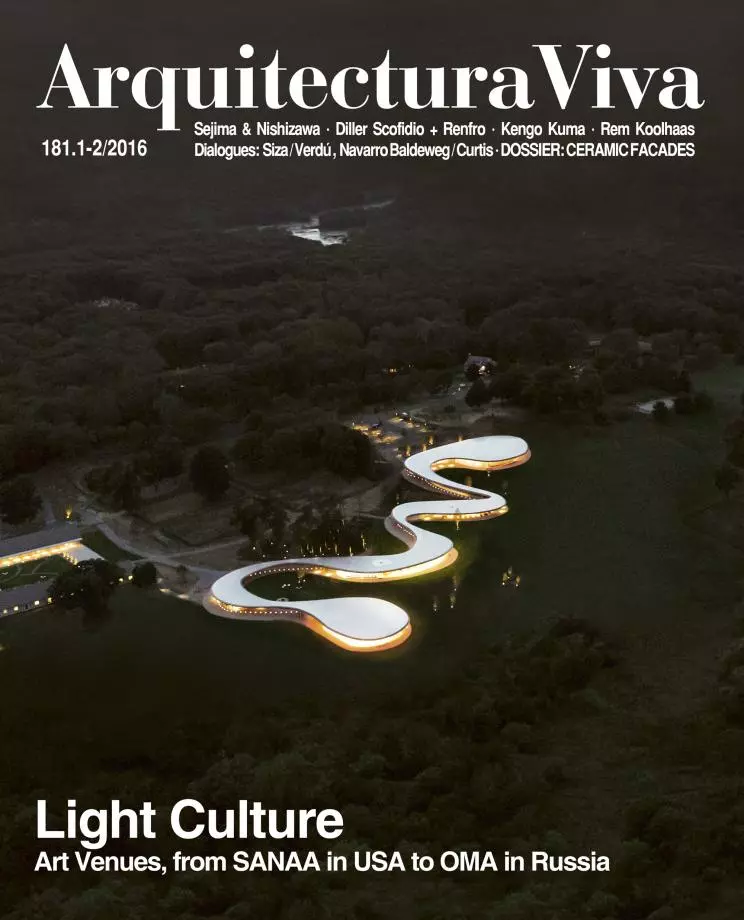
Accompanied by Brazil’s President Dilma Rousseff and the entire retinue that the consecration of a building slated to symbolize the new Rio de Janeiro deserves, the Spanish architect-engineer Santiago Calatrava inaugurated the Museum of Tomorrow. True to its name, the building flaunts the futurist aesthetic of B movies – or of that of the galactic cities in the now again much trumpeted Star Wars films. But more than the container, what really gives the museum its name is the content, an ambitious exhibition on the climatic and social challenges that humanity is called upon to face in the immediate future, urgently.
In the opening ceremony the architect and the authorities presented the project in an almost deterministic way: the content was so predefined that all that remained for the architect to do was create a form that would also in itself be readable – “an architecture that would talk,” in Calatrava’s own words. Without being aware of it he was bringing up the architecture parlante that the French architect Léon Voudoyer had coined in the year 1852 to describe certain projects of Claude-Nicolas Ledoux. But what is it exactly that the Museum of Tomorrow talks about? It talks about the shapes of bromeliads, monocot flowering plants that grow in the forests of the Rio region and which have become 75- and 45-meter-long cantilevers. This has cost the exorbitant sum of 60 million euros, and the voids under the cantilevers may well have been more onerous than the rest of the construction. Speaking of talking architecture...





